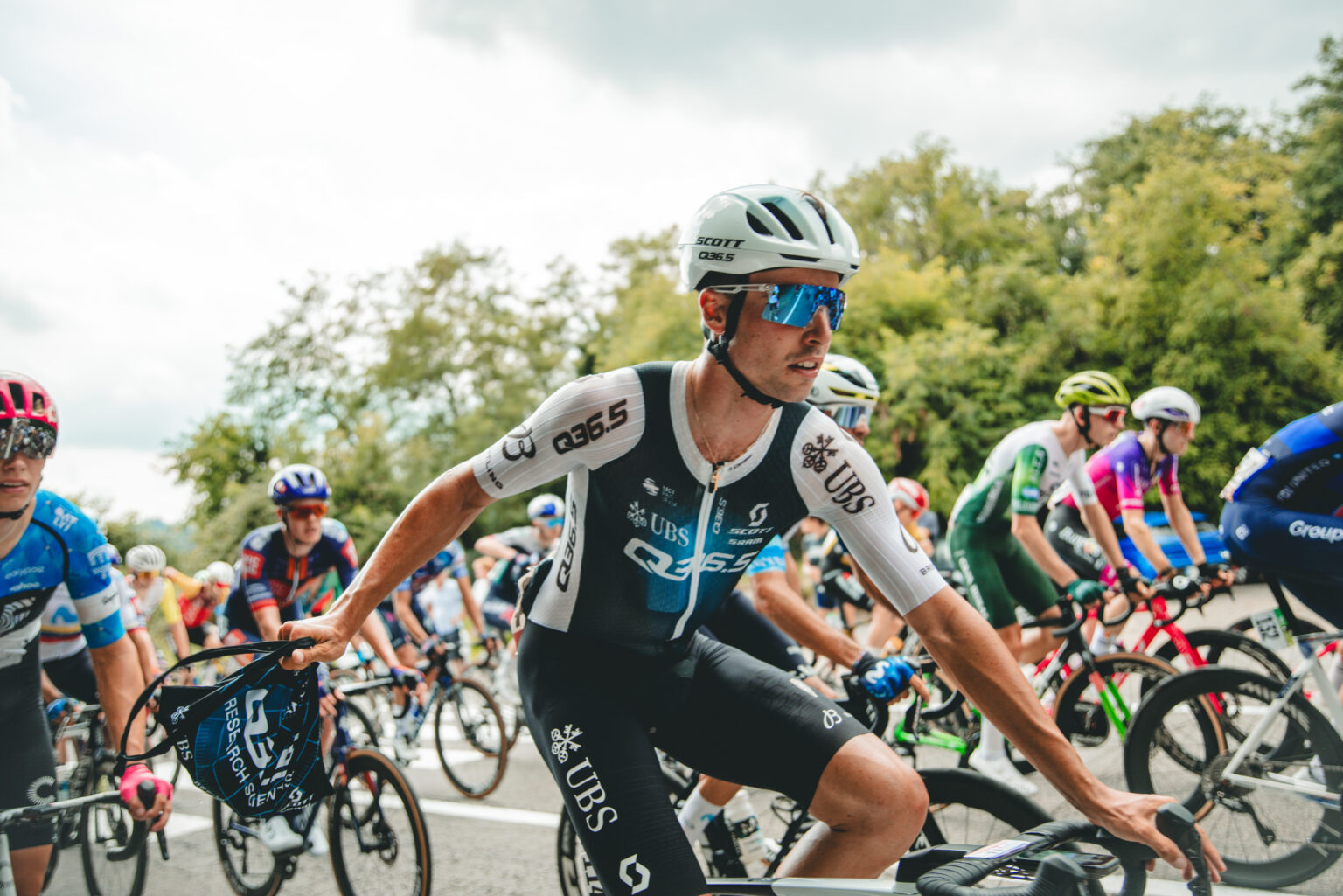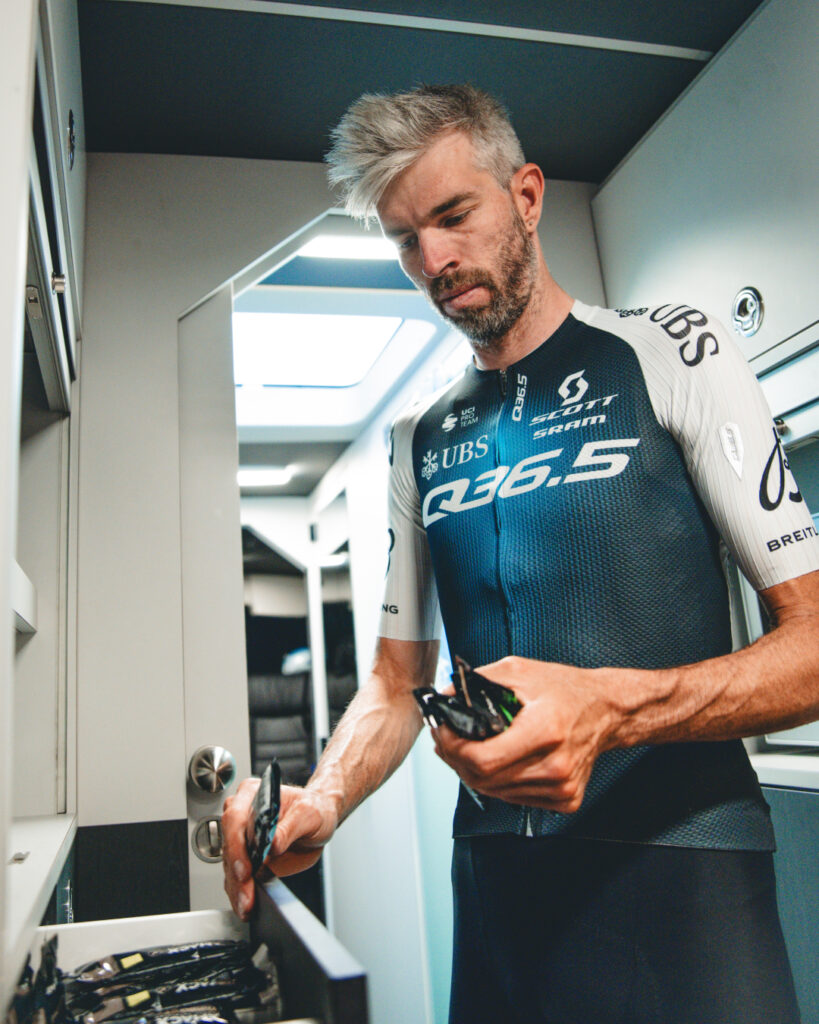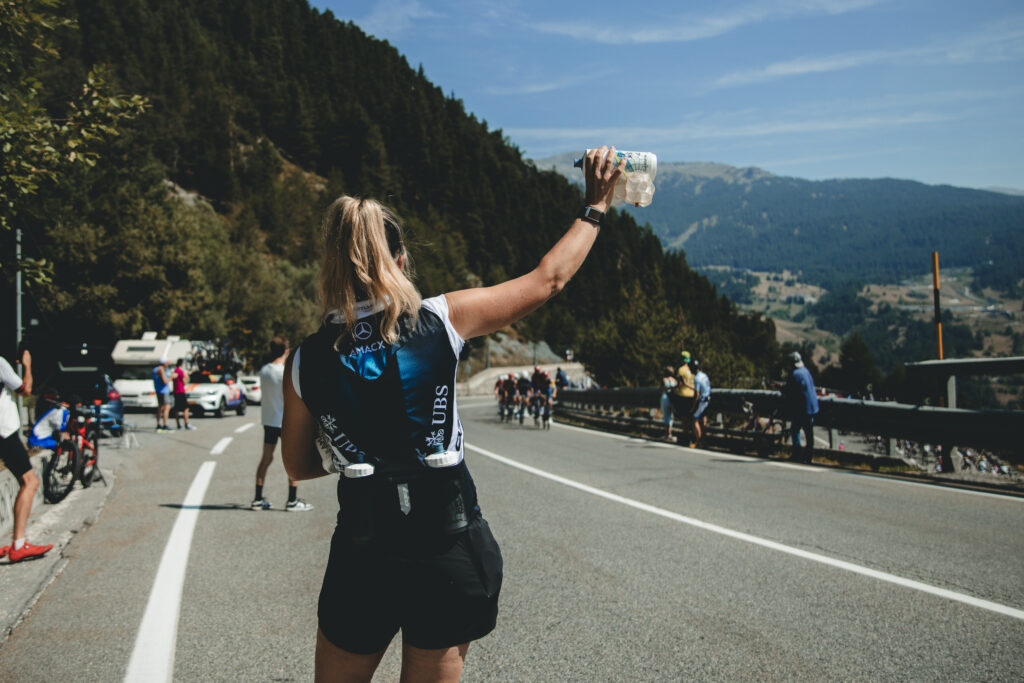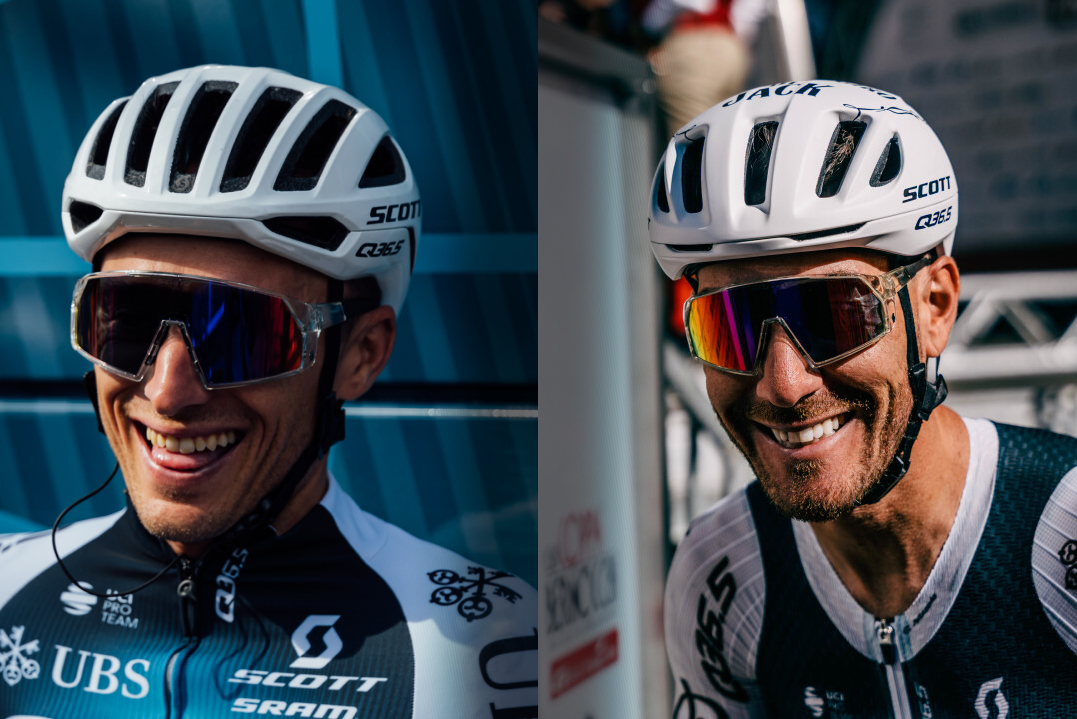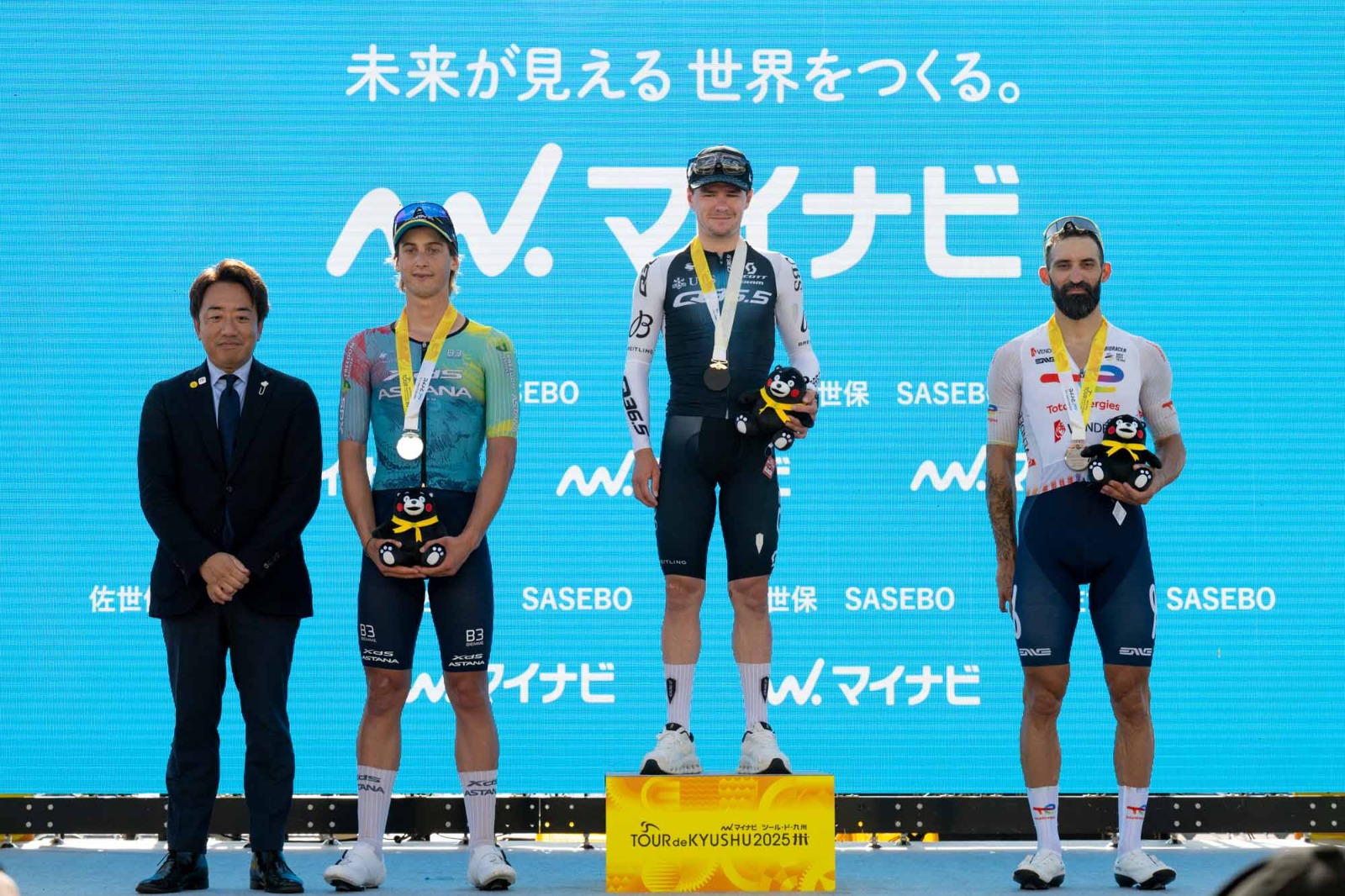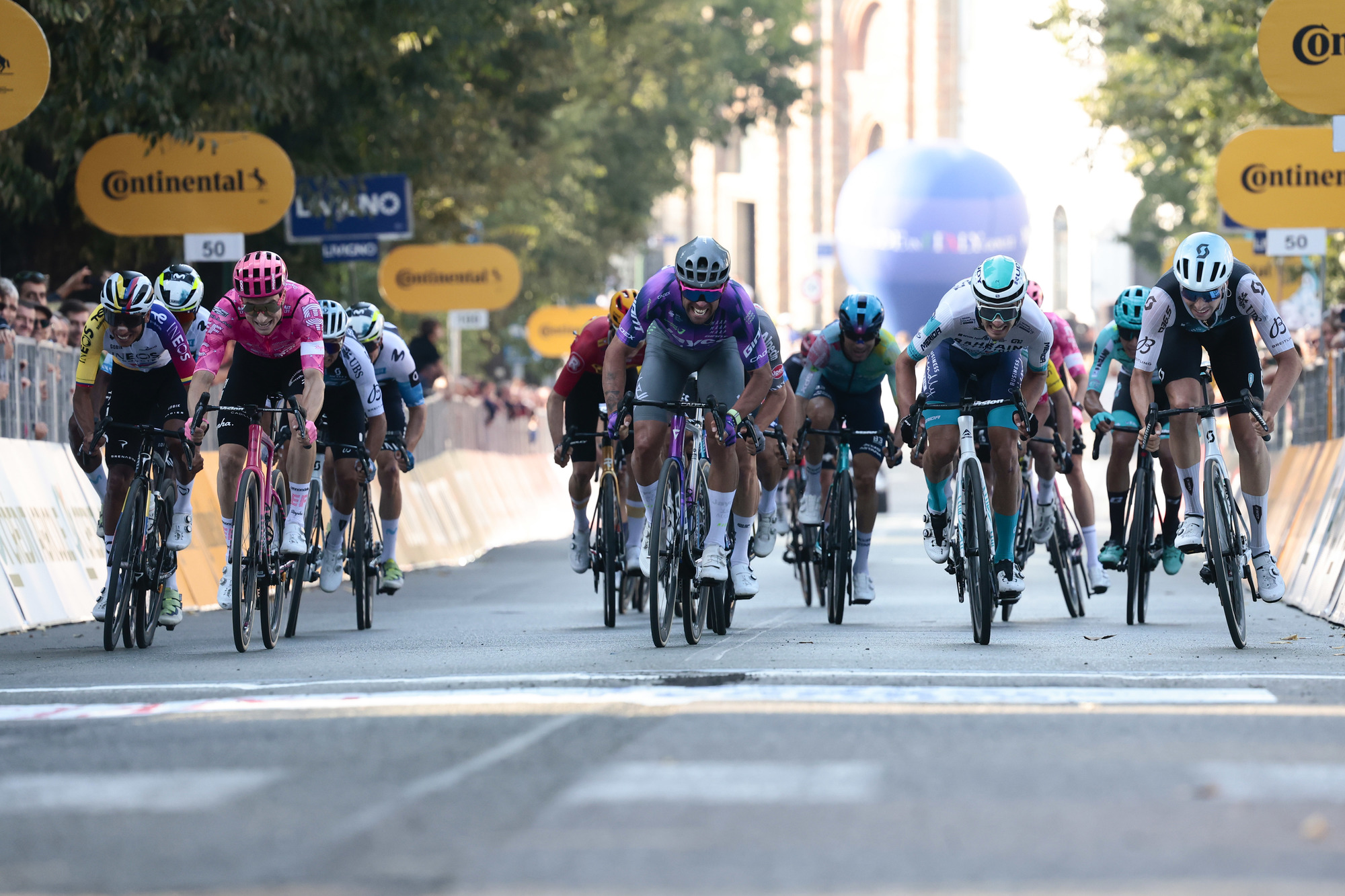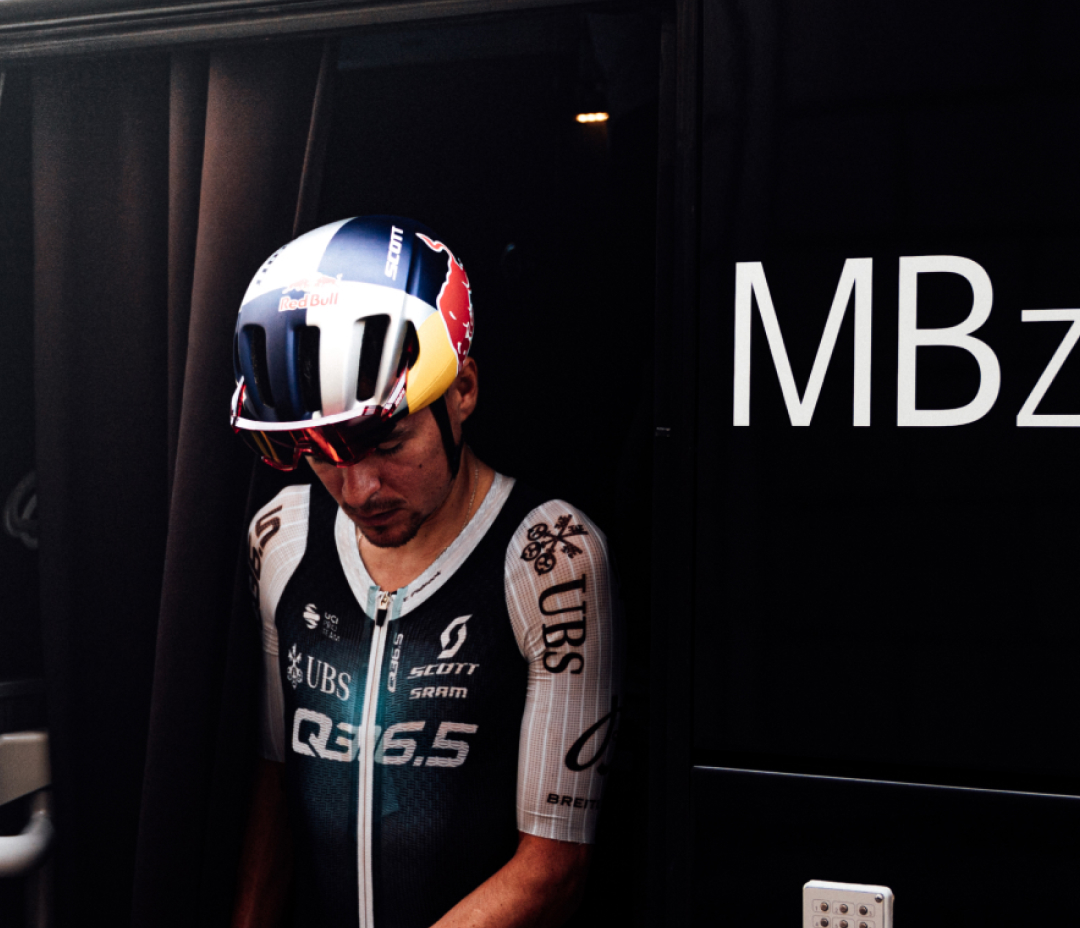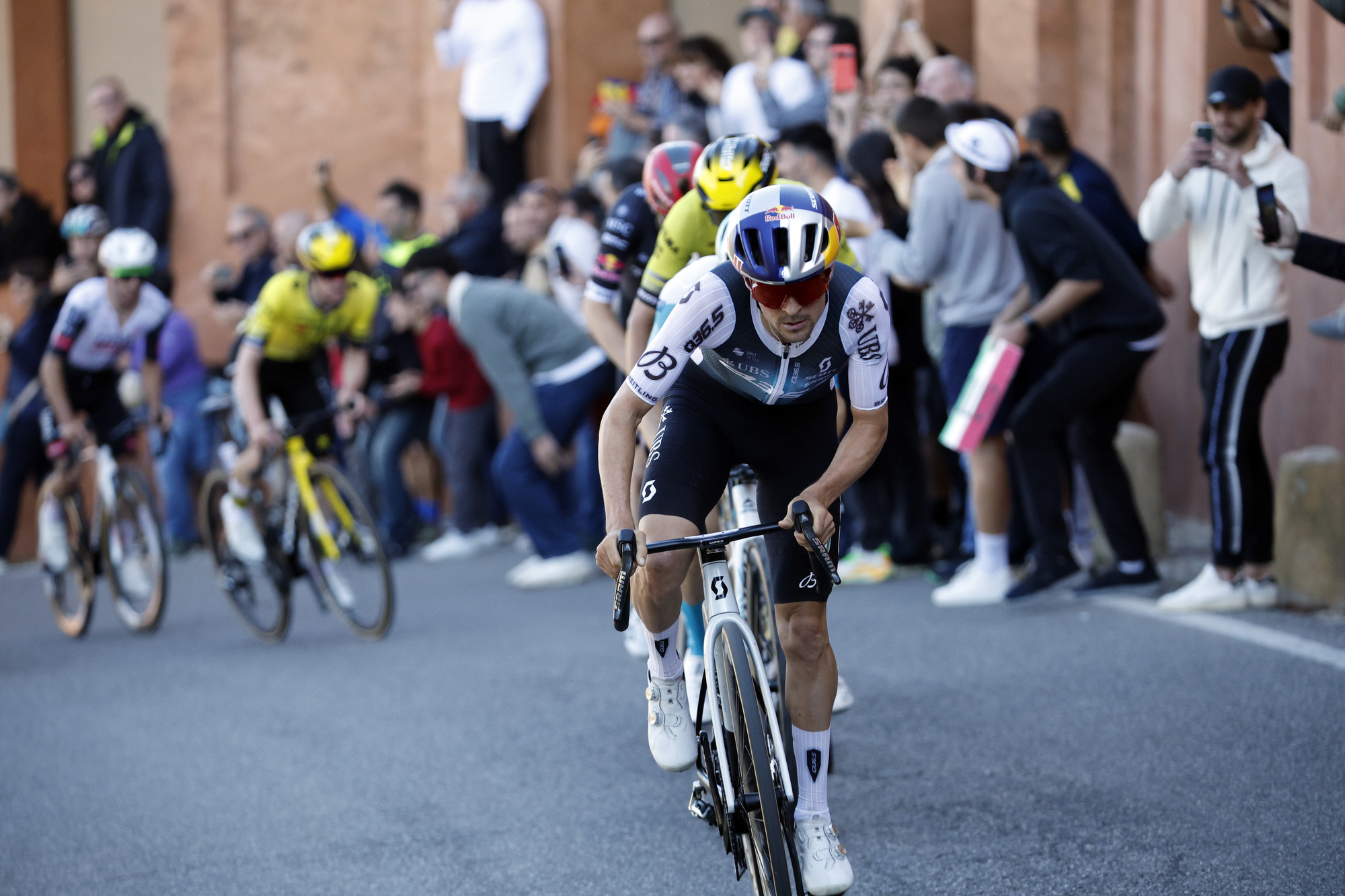Featured Story
Beating the heat with Amacx
The Vuelta a España is a three-week race where not only the many mountains, false flats and late finishes wear the riders out but also the heat. The Iberian Peninsula is known for its hot temperatures up to 40 degrees Celsius, even in August and September. This takes a lot out of the riders having to perform at their maximum.
At the heart of the Q36.5 Pro Cycling Team is a single guiding principle: keep every rider as close as possible to an optimal 36.5 °C core temperature, the very number from which the brand draws its name. In addition to our industry-leading apparel, we deploy a suite of cooling strategies from ice-filled neck socks, chilled water poured over the rider’s heads and partner with nutrition experts Amacx, whose targeted solutions help our athletes stay cool when the thermometer soars.
29 August 2025
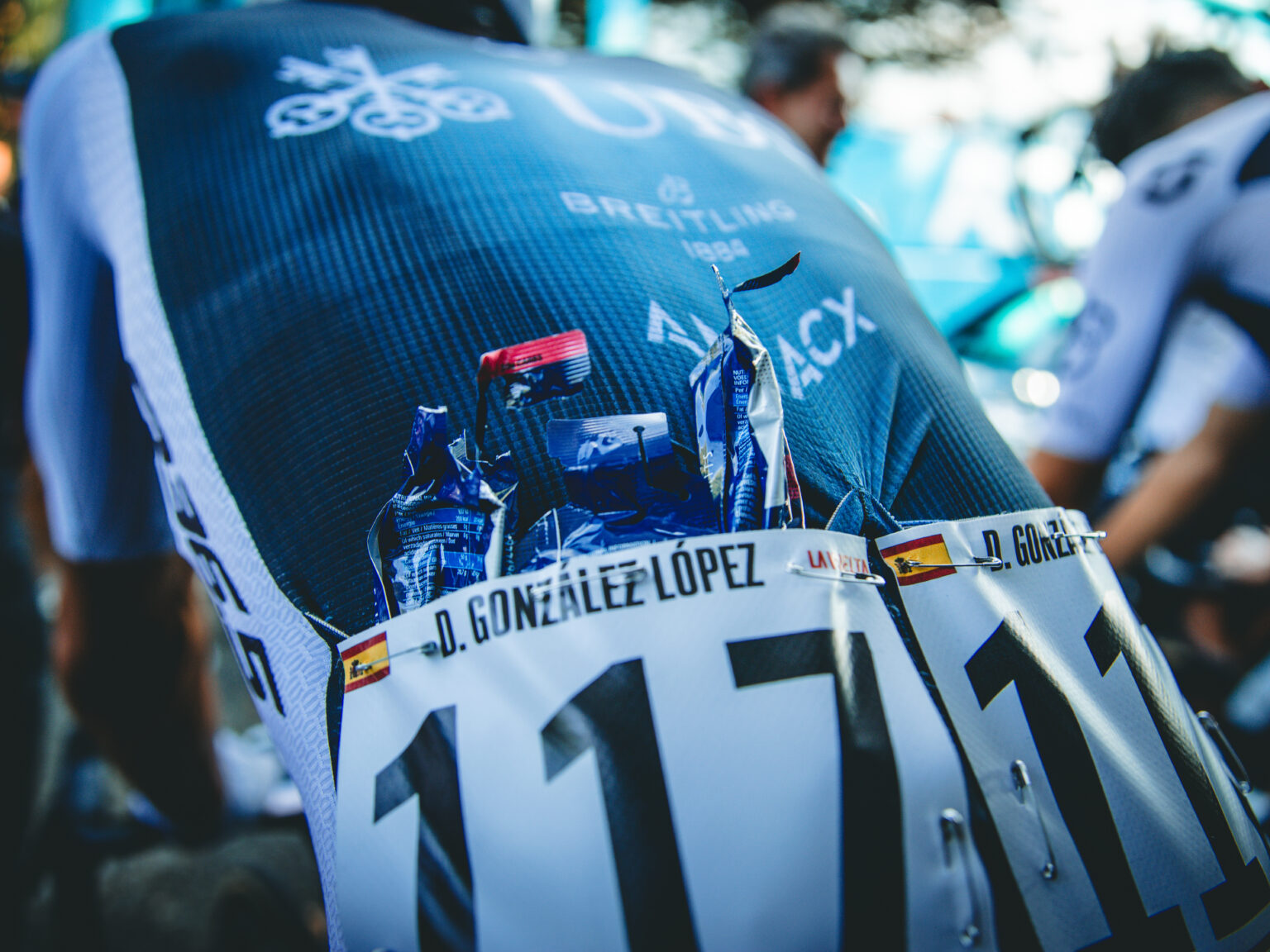
Q36.5 Pro Cycling Team’s lead nutritionist Adam Pluscinkí gives a little bit of science on how the body reacts to hot conditions.
“When riders perform in hot conditions the body starts to sweat to cool down. That’s why hydration becomes a top priority in our nutrition strategy,” Adam explains. “The harder the effort and the higher the temperature, the higher the intake should be. We speak of dehydration when you lose 3-4% of the body weight. It happens faster than you think, especially when riders are climbing and there is less wind to cool the body down. In that scenario you can easily lose two kilos in an hour-long climb, and it becomes hard to keep up with the intake.”
Intake means water but you also have to stay on top of the carbohydrates. In a hard stage this can be as much as 120 grams per hour. There are zero carbs in plain water, so you also need carb mix drinks, bars, fruit bars and gels Amacx provides the Q36.5 Pro Cycling Team.
“One problem with hot temperatures is, that you can become dehydrated soon and your body is less capable of absorbing the carbs in that situation. Proper hydration is necessary for the effective absorption of any carbohydrate gels or bars.”
Next to fluids riders also lose minerals. You can often see that from the white lines on the jerseys or shorts. That process is different in every rider so to have a baseline on how much fluids each rider loses, this is tested at training camp.
“The riders go on the scales before they ride,” Adam explains. “Then they go again after the training ride. In a controlled setting like a training you can check how many bottles they drank, how much they lost through urine and then by weighing them afterwards how much they lost in training. In race situations this is harder, so we have to estimate.”
Adam and his colleagues of the coaching staff have a good indication of how much electrolytes, sodium and potassium riders lose. The latter is important because low sodium levels may lead to hyponatremia and make you dehydrate even faster and then increase the chance of overheating. That’s why the Turbo Line carbs mix also contains sodium. You need salts to help the body cool down.
“Losing salts is extremely dangerous,” says Adam. “Your core temperature goes up and you can get heat stroke. If you don’t start drinking fast, find shade or aircon the body can become dangerously hot. It also results in problems in the gastro-intestinal system. It happened in races like the one-day races in northern Spain end of July where it was close to 40 degrees. It literally happens in minutes.”
But what is a dangerous temperature and how to bring it down? The ideal body temperature is 36.5 degrees: it’s a number that sounds familiar, doesn’t it? When you get close to 38.5 degrees it’s time to act.
“Our riders wear CORE temperature sensors and on their Garmin they can check the temperature at that exact moment. If it’s gets too high, you need to get ice socks for example: nylon panty hose with ice cubes in it. We now also use the Amacx ice gels. Those are very cold and brings the core temperature down while also getting the important carbs in. The ice gels are not frozen but ice cold and have the ideal ration of 1:0.8 and also contain the important sodium (200mg). This Vuelta we also want to try and make slushies with the Turbo Line carbs mix. It will be like the ones you had on the beach as a child but then for pro athletes,” Adam smiles.
After the race it’s all about getting the fluids back in. That can be through food like a nice salad or fruit rich in water like melons, but mostly it’s just water.
“After the stage, the riders weigh themselves again. You have to drink about one and half times as much fluids than you lost, preferably within three hours of the finish or you will feel the dehydration for a while,” Adam says. “In the end it’s the most important to just not lose too much because a dehydrated body loses its own capacity to cool down so drinking and eating on the bike are vital to beat the heat every day.”
Danijel Kvasina is head soigneur with the Q36.5 Pro Cycling Team this Vuelta and explains the logistics of getting drinks and gels to the riders as cold as possible.
“We have four or five cars in the race to cover all the feed points,” he starts. “We prepare the bottles in the morning at the hotel and then fill the coolers with ice cubes: usually between 30 and 40 kilos of ice every day. In the cars for the soigneurs, we also have little freezers for the ice gels and more ice cubes. Even if the day is not so hot, we must be prepared for all scenarios.”
The soigneurs drive from the start to the different feed zones where they hand out the ice-cold bottles, ice gels and ice socks from the side of the road, and then on to the finish with ice vests and even more cold drinks.
“In the feed zone we always take the bottles and gels out of the coolers and freezers as late as possible; maybe only one or two minutes before the riders are here. Everything has to stay as cold as possible of course, but I also don’t want to be wet from melting ice,” Danijel laughs.
“We give the bottles, gels and socks to the riders but also make sure the two race cars in the convoy have enough. I can’t remember we ever ran out of bottles on race day because next to the full ones we also carry empty bottles. There is always a gas station or supermarket for more water or ice cubes.”
And the next day? More ice, more ice gels and more ice-cold bottles to keep the riders as cool as we can: 21 days long. It really takes a team to keep the riders cool.


